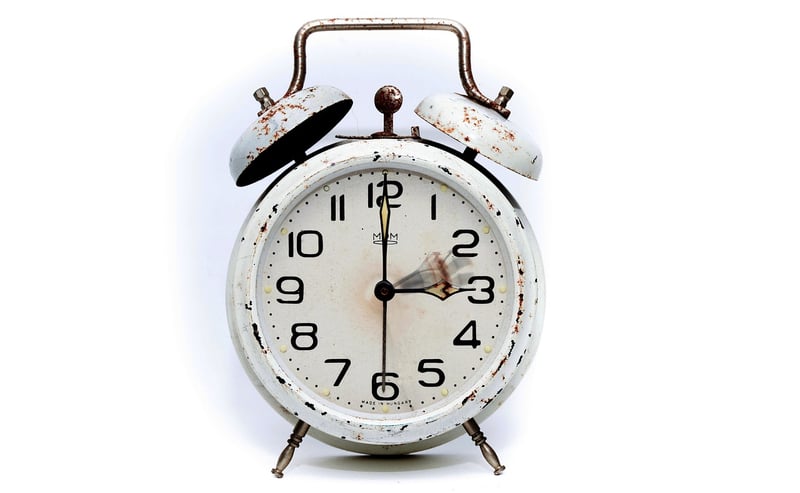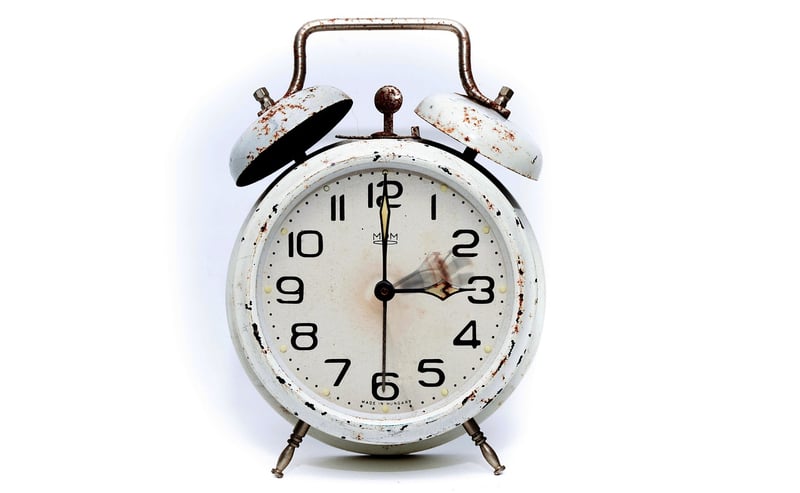Time-Travel Rules
Mechanisms & Rules for Time Travel
Time travel has fascinated people for generations, making its way into countless works of fiction. While time travel remains a concept of science fiction, exploring its mechanisms and rules can be a thrilling endeavor.
Mechanisms of Time Travel:
There are various hypothetical mechanisms proposed in science fiction for time travel:
- Wormholes: These theoretical passages through spacetime could connect two distant points, allowing for travel between different times.
- Time Machines: Devices that can transport individuals backward or forward in time, popularized in numerous books and movies.
- Time Loops: A phenomenon where events repeat themselves endlessly, often seen in stories involving causal loops.
Rules Governing Time Travel:
While the mechanisms vary, certain rules tend to govern time travel narratives:
- Butterfly Effect: Changes in the past can have unforeseen and drastic consequences on the future, known as the butterfly effect.
- Fixed Timeline: Some stories depict a fixed timeline where events cannot be altered, ensuring that the past remains unchanged.
- Parallel Universes: Time travel may lead to branching timelines or parallel universes, where alterations create new realities.
Time-Travel Rules in Popular Culture:
Various movies and TV shows have established their own rules for time travel:
- Back to the Future: Follows the concept of altering the past to change the future, introducing the idea of a ripple effect.
- Doctor Who: Features a time-traveling alien with the ability to change historical events, often emphasizing the repercussions of meddling with time.
Exploring the Fascination with Time Travel:
Whether through scientific theories or imaginative storytelling, the notion of time travel continues to captivate minds worldwide. While the actual possibility remains uncertain, the exploration of its mechanisms and rules offers an intriguing glimpse into the boundless realm of the unknown.

Image Source: Pixabay
